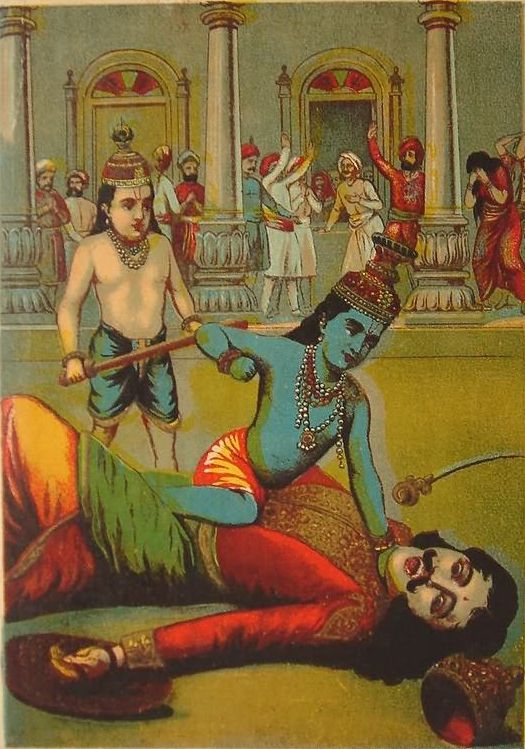Discover the captivating history and architecture of Samman Burj, the octagonal Mughal marvel in Lahore Fort, known for its royal and administrative legacy.
Explore the legacy of Bhai Sahib Javala Singh, a master of Sikh devotional music, renowned for his traditional tunes and contributions to Sikh reform.
Explore the life of Kirpa Ram, a pivotal Sikh statesman and soldier, known for his leadership and historical influence during the 19th century.
Discover Diwan Lakkhi Mall's significant role in Lahore's history as he secured Bannu and led expeditions in 1844 under Maharaja Ranjit Singh.
Explore the legacy of Kanvar Multana Singh (1819-1846), son of Maharaja Ranjit Singh. Discover his journey from Amritsar to family life.
NAUNIDH, Bhandari Khatri of Agra, waited upon Guru Gobind Singh during his visit to the city in AD 1707. According to Bhai Santokh Singh, Sri Gur Pratdp Suraj Granth, he enquired about the reason for prescribing unshorn hair for the Sikhs. The Guru explained that keeping long hair was no innovation because this had been an old tradition. "But the times have changed," argued Naunidh. The Guru said,"What times have changed? Aren`t they the same sun, the same moon, the same water, air, fire and earth as have ever been? The fault lies in us. We have become too lazy and readily resort to such excuses." Naunidh went away chastened.
BUDDHA SINGH (d. 1718), great great grand father of Maharaja Ranjit Singh, was the founder of the Sukkarchakkia family. One of his ancestors, Bhara Mall, who lived in the village of Sukkarchakk, in Gujranwala district, now in Pakistan, had been initiated into the Sikh faith by the Seventh Guru, Guru Har Rai. Buddha Singh received the rites of amrit at the hands of Guru Gobind Singh himself and fought in battles under him and under Banda Singh Bahadur.
Explore the epic battle where Krishna vanquishes Chandura, a fearsome wrestler of Kansa, in a legendary contest of strength and divine power.
DASAM GRANTH (lit. the Tenth Book, generally signifying the Book of the Tenth Guru) is how the collection of compositions attributed to the Tenth Guru, Guru Gobind Singh, is named to distinguish it from the earlier work, the Adi Granth, the First or Primary Book, compiled by Guru Arjan, the fifth in the spiritual line from Guru Nanak and to which Guru Gobind Singh added the hymns of the Ninth Guru, Guru Tegh Bahadur, for bearing from adding any of his own. His own compositions were gathered into a separate volume. According to Kesar Singh Chhibbar, Bansavalinama Dasan Patshahian Ka, the two volumes sat in gurdwaras separately when in Sammat 1755 (AD 1698), Sikhs, says Chhibbar, proposed to Guru Gobind Singh that the two Granths be got bound together into one volume. But the Guru spoke, "This one is Adi Guru Granth, the root book; that one is only for my diversion.
Explore the life of Hema Kapahi, a renowned Sikh from Sultanpur Lodhi, praised for spiritual enlightenment during Guru Amar Das's era.
- 1
- 2




